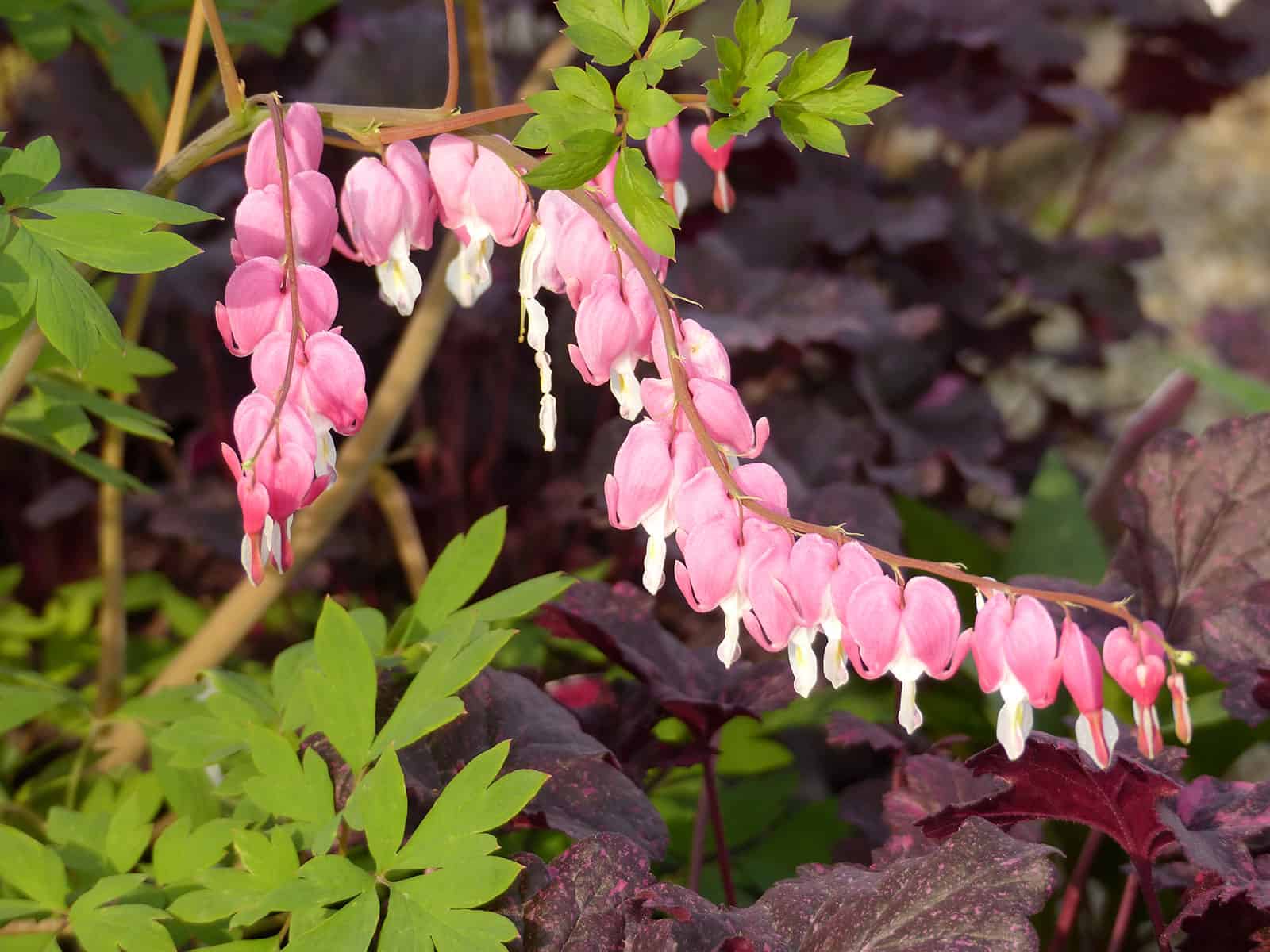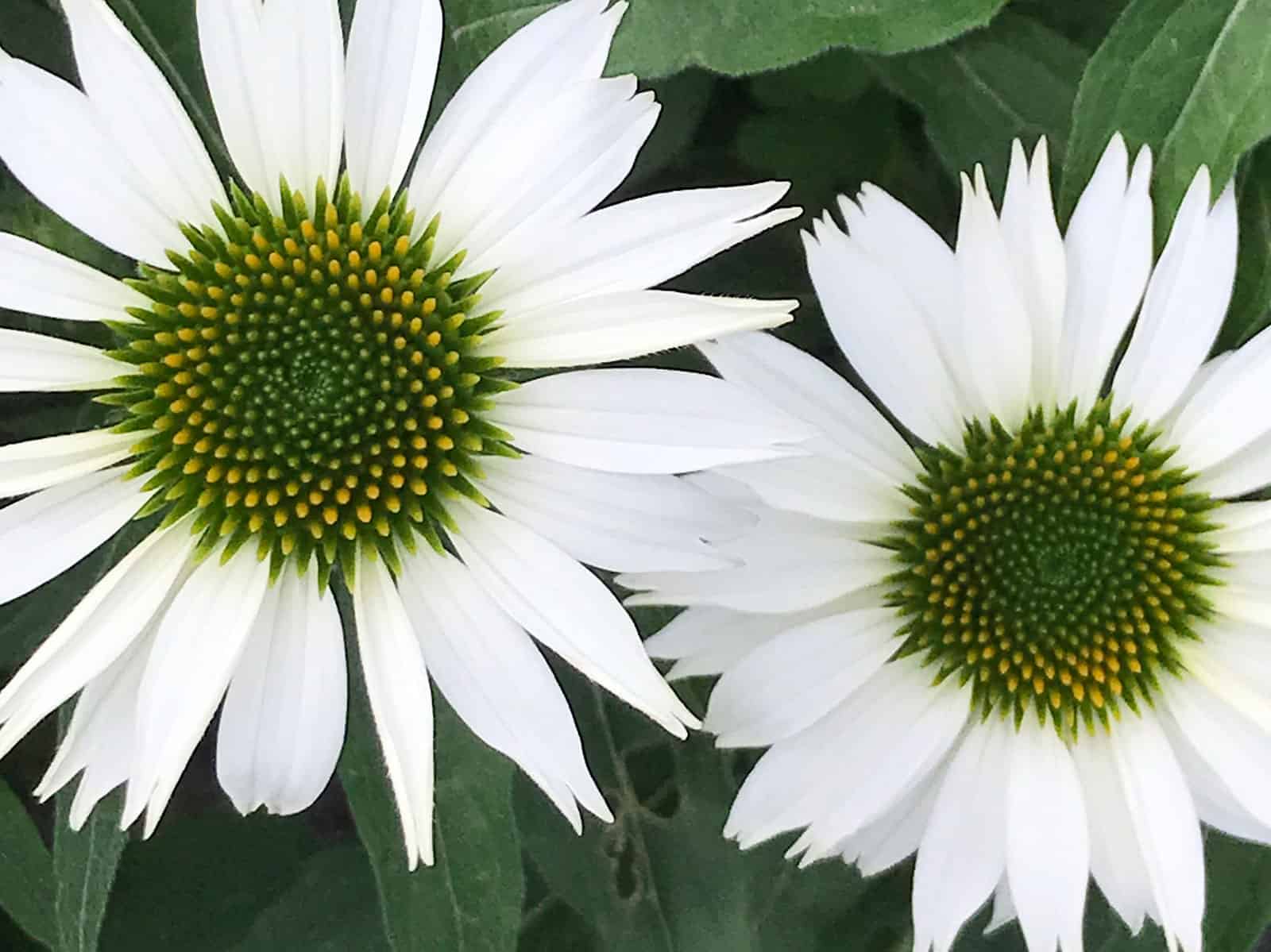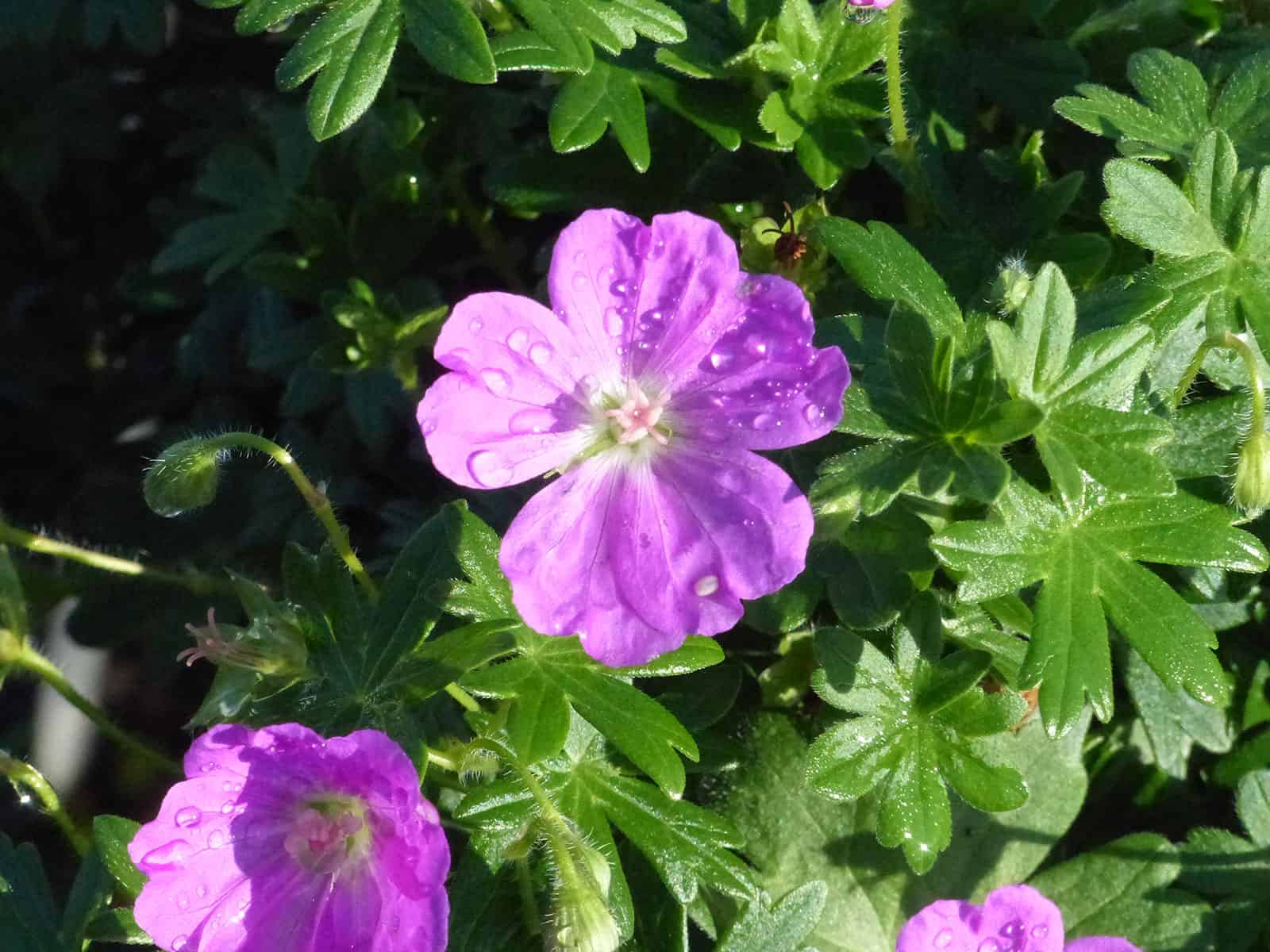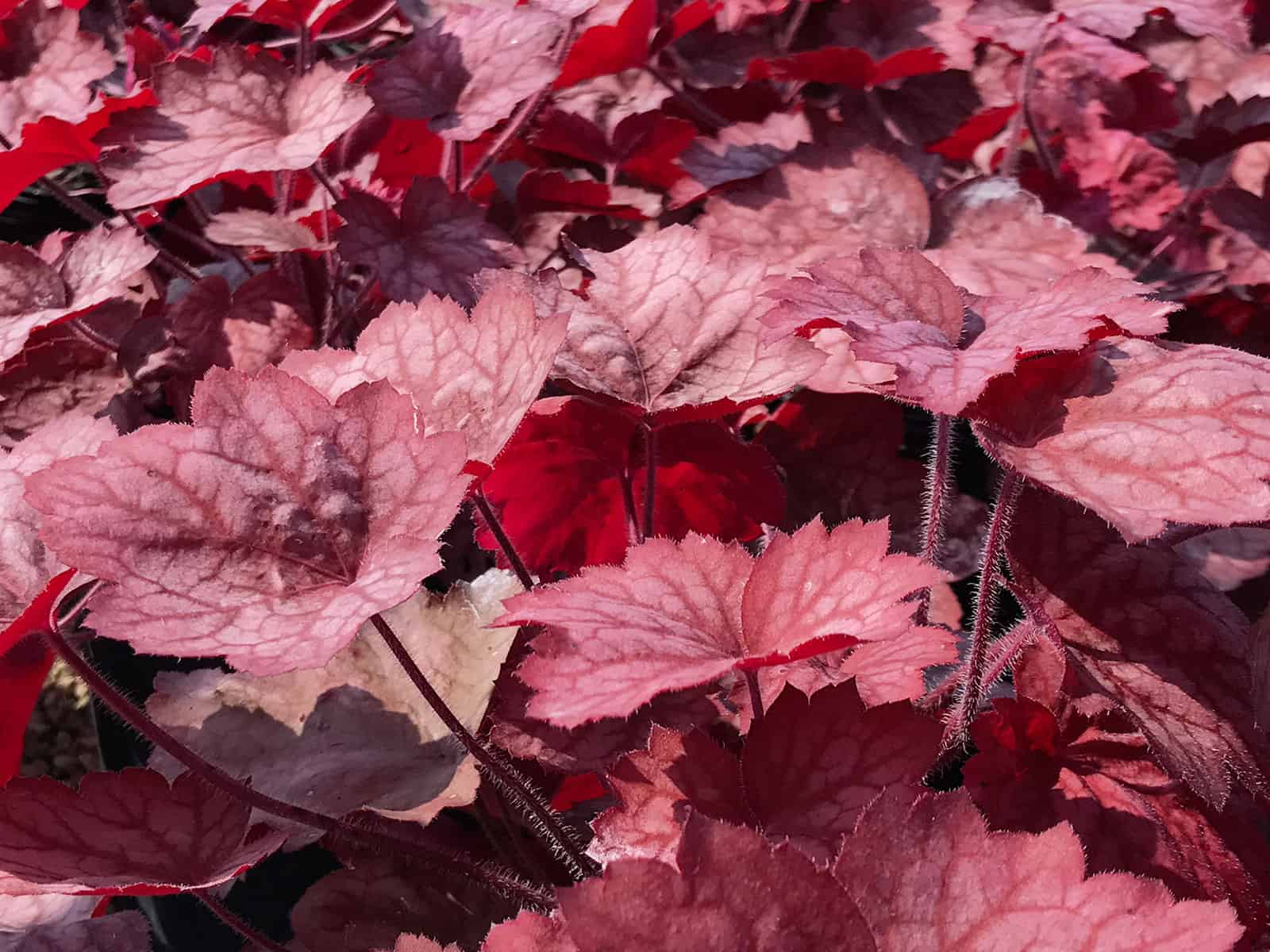Liatris is part of the Spicata genus and its scientific name is Spicata alba. The alba part of this plant’s botanical name means ‘white coloured’. Liatris grows as a perennial and is a flower. Being a perennial plant, it tends to grow best over several years (approx 3 years and greater).
White is useful in the mixed border as an exclamation point or accent, and the bottlebrush spikes of Liatris spicata ‘Alba’ will add vertical interest as well. It’s an old-time favorite for summer gardens and bouquets that will attract butterflies and other pollinators. Plants self sow if not deadheaded, creating a charming, naturalized look.
Liatris is a North American genus consisting of about 20 species. They are excellent for cutting, superb for drying, and beautiful in the border, especially planted in groups. Butterflies will flock to the blooms. Plants thrive in full sun and moist, well-drained soil.

Culture: Easily grown in average, medium, well-drained soils in full sun. Somewhat tolerant of poor soils, but prefers moist, fertile ones and generally performs better in moist soils than most other species of Liatris. Intolerant of wet soils in winter. Tolerant of summer heat and humidity. May be grown from seed, but is slow to establish.
Noteworthy Characteristics: Liatris spicata, commonly called blazing star, dense blazing star or marsh blazing star, is a tall, upright, clump-forming perennial which is native to moist low grounds, meadows and marsh margins. In Missouri, it has only been found in Oregon County on the Arkansas border (Steyermark). It typically grows 2-4′ tall in cultivation, but can reach a height of 6′ in some parts of its native habitat. Features terminal spikes (6-12″ long) of sessile, rounded, fluffy, deep purple flower heads (each to 3/4″ across) appearing atop rigid, erect, leafy flower stalks. One or more stalks arise from a basal tuft of narrow, grass-like, medium green leaves (to 12″ long). Stem leaves gradually decrease in size toward the top. Blooms in summer. Liatris belongs to the aster family, with each flower head having only fluffy disk flowers (resembling “blazing stars”) and no ray flowers. The feathery flower heads of liatris give rise to another common name of gayfeather.
Genus name of unknown origin.
‘Kobold’ is a small, compact, upright, cultivar which typically grows 2-2.5′ tall.
Problems: No serious insect or disease problems. Taller plants may require staking or other support.
‘Kobold’ does not need staking.

Culture: Easily grown in average, medium, well-drained soil in full sun. Prefers slightly alkaline soils. This hybrid tolerates heat and humidity (as well as some drought) better than most species of dianthus. Remove spent flowers to promote continued bloom. Avoid planting in areas with poor drainage where crowns will remain wet in winter.
Noteworthy Characteristics: Dianthus is a genus of over 300 species from Europe and north Asia to Japan. One species is native to North America. Most are evergreen and can be low-growing subshrubs, annuals, biennials or perennials. They are grown for their attractive, often fragrant, flowers. Many hybrids, often of complex parentage, have been made resulting in tens of thousands of cultivars.
Genus name comes from the Greek words dios meaning divine and anthos meaning flower.
The common name of pink for plants in the genus Dianthus is in probable reference to the fringed flower petal margins (they appear to have been cut with pinking shears) and not to flower color.
‘Feurerhexe’, commonly sold under the trade name of FIREWITCH, is a mat-forming cheddar pink that produces numerous, scented, bright magenta flowers singly atop wiry stems (to 6″ tall) arising from tufted mounds of grassy, deep blue, linear foliage. Blooms in spring with some intermittent repeat bloom in summer.
Problems: No serious insect or disease problems. Crown rot may occur in wet, poorly-drained conditions.
Garden Uses: Provides masses of color and good contrast for the rock garden or small border front. Good edging plant. Dense mats may be grown together to form an interesting ground cover. May also be grown on difficult sites such as stone walls.
One of the most popular of old-fashioned garden plants, Bleeding Hearts burst into flower in late spring. Plants form a bushy, upright mound of light green foliage, with a somewhat ferny appearance. Dangling bright-pink locket flowers are held on arching stems, and these are excellent for cutting. Performs best in a rich, moist soil with partial shade, or at least protection from hot afternoon sun. After flowering, the plants should be sheared back to 6 inches tall, to rejuvenate the foliage. Even still, these often go completely dormant by midsummer, to return again the following spring. As an interesting sidenote, botanists have decided to change the name of the plant to Lamprocapnos spectabilis.
‘Magnus’ Echinacea boasts vibrant pink, ray-like flowers encircling deep-orange center cones, drawing an abundance of pollinators to your garden all summer long. Allowing the spent stems and flowerheads to remain through winter will attract birds as well. These resilient native plants, including ‘Magnus’, endure drought, clay, humidity, and harsh winter conditions with ease. Their straightforward cultivation makes them an excellent choice for both novice and seasoned gardeners. (Echinacea purpurea)
‘PowWow White’ Coneflower features pristine petals, sturdy stems, and tidy foliage. Its upright center cones are striking, transitioning from pale green at the base to pure gold at the tips. This fast-growing echinacea is long-blooming, drought-tolerant, and cold-hardy once established, making it a resilient addition to any garden. Plus, it serves as a haven for pollinators.

Easily grown in average, dry to medium, well-drained soil in full sun to part shade. Best in full sun. An adaptable plant that is tolerant of drought, heat, humidity and poor soil. Divide clumps when they become overcrowded (about every 4 years). Plants usually rebloom without deadheading, however prompt removal of spent flowers improves general appearance. Freely self-seeds if at least some of the seed heads are left in place.
‘PowWow Wild Berry’ may be grown from seed, with flowers appearing in the first year about 20 weeks after sowing. In colder climates, start seed indoors in late January.
Echinacea purpurea, commonly called purple coneflower, is a coarse, rough-hairy, herbaceous perennial that is native to moist prairies, meadows and open woods of the central to southeastern United States (Ohio to Michigan to Iowa south to Louisiana and Georgia). It typically grows to 2-4′ tall. Showy daisy-like purple coneflowers (to 5″ diameter) bloom throughout summer atop stiff stems clad with coarse, ovate to broad-lanceolate, dark green leaves. Good fresh cut or dried flower. The dead flower stems will remain erect well into the winter, and if flower heads are not removed, the blackened cones may be visited by goldfinches or other birds that feed on the seeds.
Genus name of Echinacea comes from the Greek word echinos meaning hedgehog or sea-urchin in reference to the spiny center cone found on most flowers in the genus.
Specific epithet means purple.
POWWOW WILD BERRY is a purple coneflower that features large, deep rose-purple flowers in a floriferous bloom from late spring to late summer, sometimes with additional sporadic bloom until frost. It typically grows in an upright clump to 2-3′ tall and to 1-1.5′ wide on sturdy, well-branched stems that do not need staking. Each flower (to 3-4″ diameter) features downward-arching, overlapping, deep rose-purple rays which encircle a large orange-brown center cone. Narrow-ovate leaves (to 6” long) are medium green. POWWOW WILD BERRY is a 2010 All-America Selection (AAS) winner.

Easily grown in average, medium moisture, well-drained soil in full sun to part shade. Tolerates some drought, but produces most vigorous growth in moist, humusy soils with good drainage. Deadheading is tedious for larger plantings and probably unnecessary. Side stems may be removed at any time to control spread. If not deadheaded, some self-seeding may occur in ideal growing conditions. Foliage may be lightly sheared back and shaped to revitalize after flowering. This is a variable plant that is noted for having better tolerance for heat in hot summers and for cold in cold winters than most other species of geranium. Propagate by division, tip cuttings or seed.
Geranium sanguineum, commonly called bloody cranesbill or bloodred geranium, is an herbaceous, clump-forming perennial that typically grows in a mound to 9-12” tall with white-hairy trailing stems spreading over time to as much as 24” wide. It is native to Europe and Asia. It is perhaps the most common species of geranium grown in the U.S. today. Foliage consists of small, shallowly cut, dark green basal leaves and thinner, more deeply cut stem leaves. Solitary flowers (to 1 1/2” diameter) feature five unnotched magenta to purple crimson petals with darker veins. Flowers primarily bloom in May and June with a sparse but variable rebloom occurring throughout summer. After first fall frost, foliage usually turns attractive shades of red.
Genus name comes from the Greek word geranos meaning crane in reference to the fruit which purportedly resembles the head and beak of a crane.
Specific epithet comes from the Latin word sanguineus meaning blood red in reference to the flower color and red autumn leaves of the straight species.
‘Max Frei’ is a cultivar that is noted for its compact growth habit and reddish-purple flowers. It typically forms a spreading mound of foliage typically growing 4-9” tall and spreading 12-24” wide. It features 5-petaled, reddish-purple flowers and deeply-lobed, dark green leaves. Flowers bloom in late spring. Foliage often turns attractive shades of red in autumn.
This Coral Bells selection has scalloped leaves that emerge gold in spring, deepening to amber and peach. Sprays of light-pink flowers appear in midsummer, after other selections are finished. Very sturdy habit, an excellent choice for hot, humid summer regions. Trim off any tired old leaves in spring. Protect from hot afternoon sun. A 2006 introduction from French breeder Thierry Delabroye discovered by his wife, Sandrine. The Heuchera villosa bloodlines in this hybrid contribute a velvety leaf surface, later flowering habit and exceptional sturdiness. USPP#16560: unlicensed propagation prohibited.

Heucheras are best grown in organically rich, humusy, medium moisture, well-drained soils in part shade. Parentage determines the best culture including optimum sun exposure. Unfortunately, the parentage of many hybrids in commerce today is unknown. Some hybrids will perform well in full sun, particularly in northern climates, but generally prefer some shade in the heat of the afternoon in southern locations. If grown in full sun, consistent moisture is very important. Scorch and general foliage decline may occur if soils are allowed to dry out. On the other hand, some hybrids perform well in shady locations, particularly if H. americana is a parent. Remove stems of faded flowers to encourage additional bloom. Foliage is essentially evergreen in warm winter climates. In cold winter climates such as St. Louis, the amount of retained foliage color in winter depends in large part upon the severity of the temperatures. A winter compost mulch applied after the ground freezes will help prevent root heaving. Divide clumps in spring every 3-4 years. Species plants may be grown from seed, but hybrids are usually divided in the garden.









